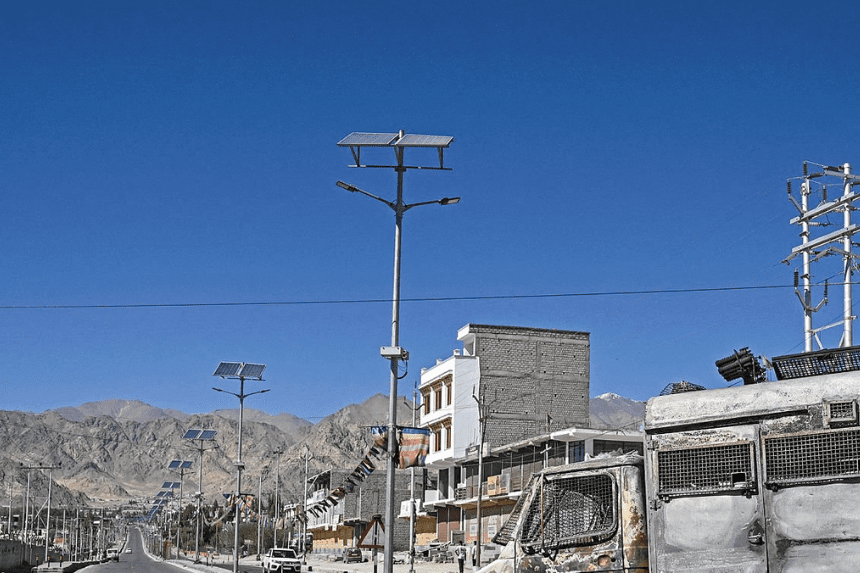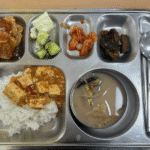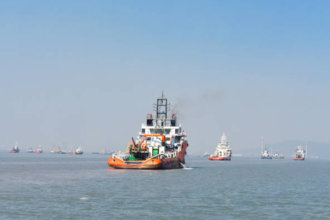The Ladakh statehood protests have intensified, prompting authorities to impose curfews in Leh after violent clashes resulted in at least four deaths and dozens of injuries. Protesters set fire to a local office of India’s ruling party, while police responded with tear gas and bullets to disperse crowds. Authorities have cited activist Sonam Wangchuk as a key figure, although he denies any involvement in the violence. This latest surge in unrest marks one of the most serious episodes in Ladakh in decades, highlighting ongoing frustration over governance, autonomy, and employment.
What Are the Root Causes of the Ladakh Statehood Protests?
The Ladakh statehood protests reflect long-standing demands for political autonomy and recognition by both Buddhist-majority Leh and Muslim-majority Kargil districts. In 2019, the Indian government revoked Ladakh’s semi-autonomous status and split it from Jammu and Kashmir, imposing direct federal administration. Many locals feel that this decision reduced their influence in political and administrative matters and exposed the region to external economic interests.
Consequently, residents have demanded the restoration of statehood along with greater control over jobs, land allocation, and local governance. The protests have gained momentum over time because federal authorities have been perceived as slow to respond to these demands. Transition words like “therefore” and “as a result” illustrate the growing link between delayed dialogue and rising frustration among youth and other stakeholders.
How Did the Recent Violence Begin?
While the exact trigger remains unclear, the Ladakh statehood protests erupted after months of simmering tensions and widespread discontent over unemployment and lack of meaningful political engagement. On the day of the violence, protesters attacked a local office of the Bharatiya Janata Party (BJP), set it on fire, and torched a police vehicle. Security forces responded with tear gas and firing, resulting in several critical injuries, four of which led to deaths.
According to the federal home ministry, Mr. Wangchuk’s statements had allegedly incited the crowd. However, he emphasized that the primary reason for the protests was the growing frustration of unemployed youth who feel unheard. He called for calm and stressed that violent actions undermine the legitimate demands of the movement.
Why Are Locals Demanding Statehood?
The central aim of the Ladakh statehood protests is to restore the political power and autonomy the region enjoyed before 2019. Local activists argue that losing its former special status has left Ladakh vulnerable to external economic interests and diluted control over its land, culture, and natural resources. Moreover, prolonged unemployment and the lack of immediate government response have compounded the grievances of both communities in Leh and Kargil.
Religious leaders, such as Chhering Dorje Lakrook of the Ladakh Buddhist Association, have repeatedly urged youth to protest peacefully while emphasizing the importance of engaging in dialogue with federal authorities. “The youth are deeply frustrated,” he said, “because the government has been delaying the dialogue process repeatedly while unemployment continues to rise.” Read another article on the Israel protests hostage crisis
How Has the Government Responded?
The federal government maintains that it has been actively engaging with activists and local leaders since 2023. Officials assert that dialogue efforts have produced “phenomenal results,” though some local actors remain dissatisfied with the pace of progress. The Lieutenant Governor of Ladakh has described recent events as attempts to incite unrest and hinted at potential investigations into external influences affecting the protests.
The government has also scheduled additional rounds of dialogue, including a committee meeting planned for early October. These steps aim to de-escalate tensions while ensuring that local voices are formally incorporated into the policymaking process. Transition phrases such as “in addition” and “furthermore” underscore the government’s ongoing commitment to communication with community leaders.
What Are the Key Challenges Facing Ladakh?
One of the critical challenges driving the Ladakh statehood protests is balancing federal oversight with local autonomy. Residents argue that without statehood, Ladakh cannot fully manage its resources or safeguard cultural and environmental interests. Moreover, high unemployment among youth has become a major catalyst for protests.
Economic development initiatives are often hindered by the region’s geographic remoteness and harsh climate, further fueling frustration. Additionally, geopolitical tensions along the borders with China and Pakistan have led to a significant military presence, which sometimes contributes to heightened local sensitivities and distrust.
What Steps Can Address the Unrest?
Resolving the Ladakh statehood protests requires a multifaceted approach that addresses both immediate safety concerns and long-term political, economic, and social issues. Coordinated dialogue between government authorities and community representatives is essential to prevent further violence. Efforts should include clear timelines for discussions on autonomy, local employment programs, and protection of land and cultural resources.
Moreover, transparent communication with the public can help build trust and reduce speculation or misinformation. Implementing rapid development programs, coupled with meaningful political representation, can address core grievances while maintaining regional stability.
Moving Forward
The Ladakh statehood protests highlight the importance of proactive governance, timely dialogue, and economic opportunities for residents. Both federal authorities and community leaders must work collaboratively to de-escalate tensions while safeguarding the region’s long-term political and cultural interests.
Ultimately, resolving the crisis requires addressing the root causes of unrest, including unemployment, political representation, and local autonomy. By combining immediate safety measures with long-term policy initiatives, Ladakh can navigate its current challenges while protecting public safety and ensuring the legitimate demands of its population are met.








